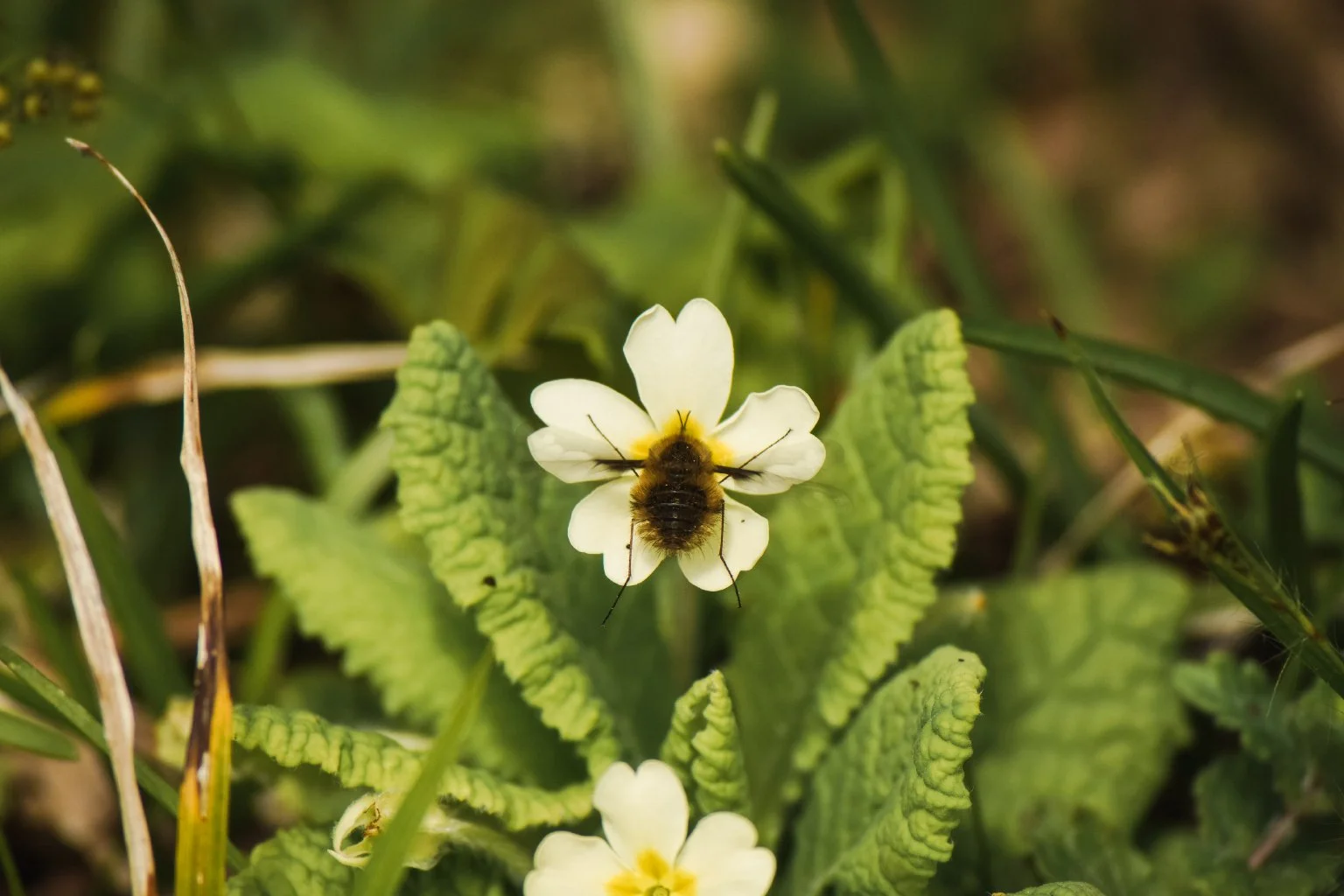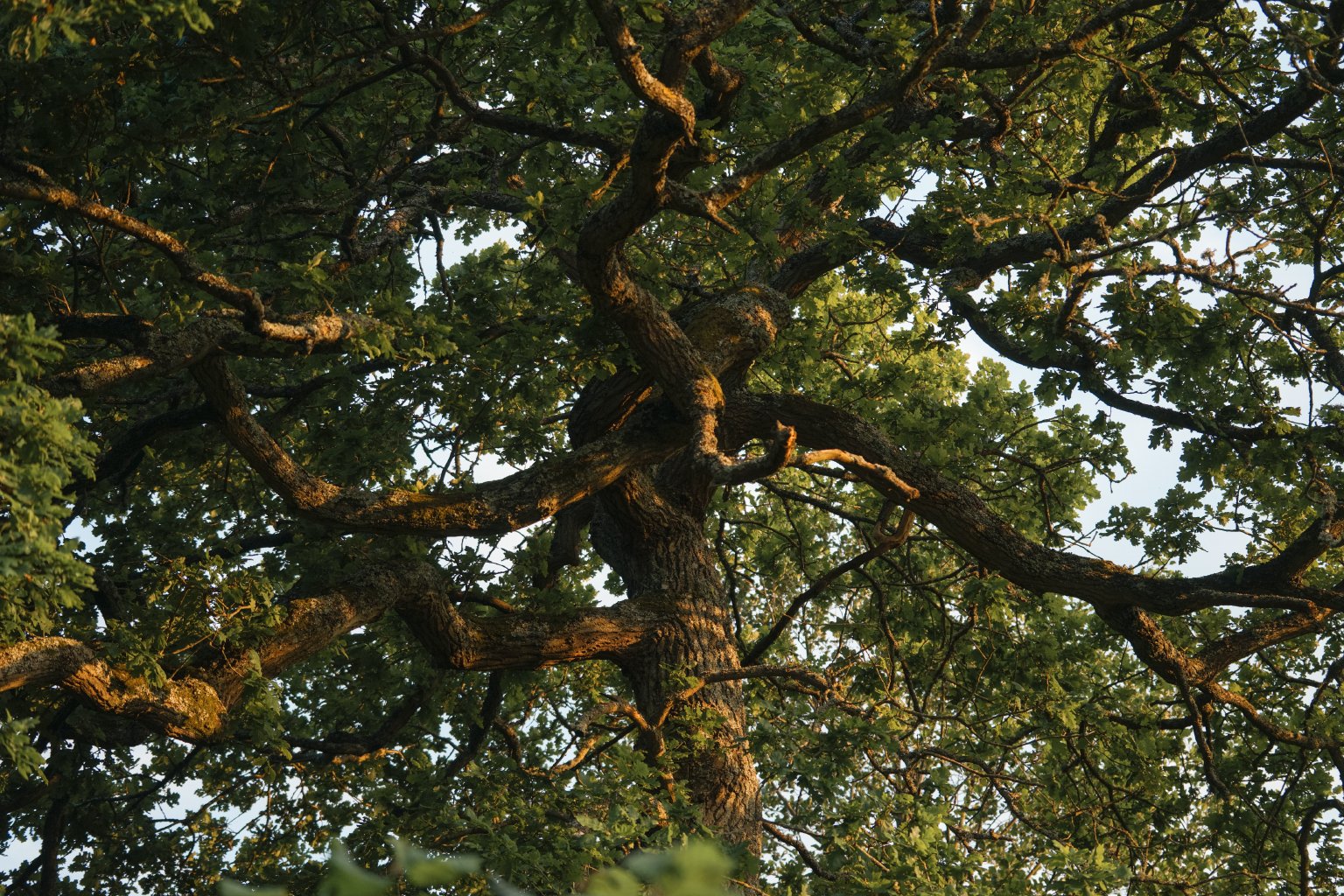A Nature Connection Special!
Hello again! We want to try something a little bit different this week. We are sharing some of our top tips for “Nature Connection”.
First some background. We speak a lot about our connection to nature. It’s one of the driving forces behind all the many strands of the work that we get involved in; our view is that a closer bond with the natural world - and a re-evalution of our place in it - has the potential to be a colossal force for good for us as individuals, society, the earth and all other wild things.
We have been on something of an epic journey with our own relationship with nature, from barely paying it any mind to moving to the woods and making nature central to our day to day lives and now trying to find new connections in a new landscape here in the Lake District.
But what do we even mean when we talk about nature connection? And how do you quantify it? We have frequently grappled with this question over the years. Our own relationship with nature has evolved many times over and we know that there is no singular answer. It is up to each of us to find out what it means, and how it feels, to be closely connected to nature. To that end, these tips are not intended to be followed to the letter, nor are we suggesting that we are doing it right and others are wrong, rather, these are simply small revelations (with big ramifications) we have discovered along the way that shape our relationship with nature.
Experience tells us that there are certainly different levels of nature connection. Our connection has ebbed and flowed over time. Developing a deeper relationship with nature is something that needs to be worked on; there have been times, even when we were living in the woods surrounded by nature every day that our feeling of connection has faded and we have had to steer ourselves back on course.
Finding a deep connection to nature, letting ourselves become completely intertwined with all its ramifying threads, seeking to tap into its very essence has brought us immense joy and a sense of freedom that permeates all aspects of our lives. We hope these tips will offer pause for thought about your own relationship with nature. (We’d love to hear what you think, so we’ll be opening this up in the chat at 11am, please do join us there to share your own thoughts and tips!)
Language - who not what
The language that we use has a huge impact on the way we think about nature. We typically use words that distance ourselves from other living things. Over time, quite unwittingly, we noticed that instead asking “what” something was we started asking “who”. For example “What flower is that?” became “Hello, who’s this?”. We are happy that Benji has picked up this habit too. We love it when we’re out on a hike and he squats down to look at an insect or flower and shouts “Who’s this guy?!”. We were also happy to read in Braiding Sweetgrass that Robin Wall Kimmerer does the same. Perhaps you could give it a try too.
Knowledge - forget what you know
There is a misconception that equates knowledge of natural history with a connection to nature. This is good news for those of us who don’t have the spare time, funds or mental capacity to dedicate to the study of nature. A true or deep connection is based on how we feel about something, not necessarily what we know about it. Knowing that the scientific binomial of meadowsweet is Filipendula ulmaria does not make it any more or less beautiful. At one point during our time living in the woods, we went down the route of trying to accumulate knowledge (of the academic kind) and with some success. This kind of knowledge forced us to list and categorise, to analyse and dissect and put things in neat boxes for the sake of human convenience. Yet in our pursuit of learning the names and habits of everything we saw, we forgot to remember that what led us to nature in the first place was how it made us feel. We also found that often the things we studied in books did not match with our own observations. In time, we learned to study not only the wild creatures and plants, but also wild nature itself, which is to say the invisible force that flows through all things. The force that binds all things together. This is a different kind of knowledge, one with great power and one attainable by anyone capable of feeling the wind on their faces and the sun on their backs. A disclaimer: This is not to say that you shouldn’t study natural history, nor that there haven’t been times that a knowledge of natural history and ecology has revealed something magical to us, more a reminder that there is more to nature than science can explain and that how you feel about it has just as much value (maybe more) as what you know. Notice shapes and patterns, the way things move and feel, study light and shade, forget everything you already know and maybe you’ll discover a whole new relationship with nature.
I may have no idea which two species of moss these are, but that won't stop me from noticing the difference between the two and the intriguing aesthetic they make together.
3. Think Big
When we think of nature, there’s tendency to think of the obvious things; trees, plants, small scurrying creatures and the like. Something shifted for us when we thought to include things at planetary scale; the sun and stars, the wind and weather and the enormousness of the entire cosmos. Every living thing is bound by the forces exerted upon it by our position in the universe, our existence the result of billions of years of unrelenting change as we hurtle and spin through the cosmos. With that humbling thought in mind, like it or not you are connected to nature, to every living thing that has ever existed, to the earth, to the ocean, to raging rivers to the seasons, the sun and thus to the whole boundless universe. It’s hard to remember that as we go about our day to day. Perhaps we actively construct our day to day lives in ways that purposely prevent us from thinking about the vastness of it all. It’s a lot to take in, but we have learned to take comfort and strength from regularly reminding ourselves of our place in it all and we invite you to do the same. Marking seasonal shifts, studying weather patterns, noticing the position of the moon and stars, recognising the way living things respond to light and shade and simply remembering that sunsets and sunrises are caused by the earth spinning on its axis are all ways in which we remind ourselves of the staggering immenseness we are part of.
Sunsets are equally enlightening in the mountains…
...or in your garden
4. Make friends with plants
Getting to know plants is an amazing way to strengthen your relationship with nature. In fact, looking back on our journey I think discovering an appreciation for plant life was a fundamental and pivotal force. Along the way we have done our fair share of botanising and we know our sepals from our tepals, but the most meaningful form of study has been simply watching how plants grow. Admittedly, we had the luxury of living in the woods where we were surrounded by trees and other plants and could watch how they changed on a daily, even hourly basis. But wherever you are, you can find plants to study, watch them develop and grow and die if you have the inclination to do so. You can learn as much from watching plants grow in cracks in the pavement as you can by watching trees grow in the woods. Watching plant behaviour taught us that absolutely nothing in nature exists in isolation; it is impossible to extract plants from their relationships to other living creatures, from fungi and (in reference to our previous tip) indeed the forces and cycles of whole of nature from microscopic soil-dwelling bacteria to incomprehensibly massive star. It all started for us with trees, by noticing how different they were in shape and form depending on their proximity to neighbouring trees and other features in the landscape. How they were affected over time by light and shade, the weather and the seasons. Then, by watching other plants and animals big and small interact with trees and coming to the realisation that a tree is not really just a tree at all, it is a whole community of living things, interconnected and intertwined and the same could be said for all plants, and everything else in nature I think. Plants form incredible relationships with other organisms, either altruistic, parasitic or somewhere in between. And of course, let’s not forget the relationship they have with our closest star and the resulting ability to generate their own food (and, conveniently, oxygen) that makes life on earth possible for non-photosynthetic beings such as ourselves.
One of our favourite things to do with plants is to watch the transformation from flower to fruit - the ubiquitous bramble is a good one. As are the little yellow flowers on maples and sycamores as they gradually morph into the familiar winged seeds. Watching something grow from seed is another easy yet astounding exercise in nature connection. Each year we grow an oak sapling in a little vase that enables you to see its roots as it grows; it’s amazing to watch how much energy gets put into root production before green shoots start to appear. However you see fit, we invite you to make friends with plants and see where it takes you!
From tiny acorn…
...to mighty Oak
Well, there we go. Perhaps what ties all these tips together is that our idea of nature connection comes down to the way you think about nature. It is a state of mind and of being. There is a marked difference between spending time in nature and having an emotional connection to it. Being in nature has been proven by science to be good for us, but I think we need to take it one step further, thinking about about our place in nature in such a way that recognises we are equal members of the whole biotic community and to not feel belittled by that but empowered. A deep connection to nature helps us to find beauty and joy everywhere, to restructure our senses of priority, purpose and perspective, to feel grounded and on our best days, at peace. It also forces us to treat everything else in nature with care and respect, for we recognise that in harming nature we also harm ourselves. Perhaps, right now as we blunder our way through unnecessarily hectic lives, creating societies that don’t work for the majority of people (or for nature) and leaving a trail of destruction in our wake, nothing could be more pressing than reconnecting with who we are and reimagining a new way to live.






